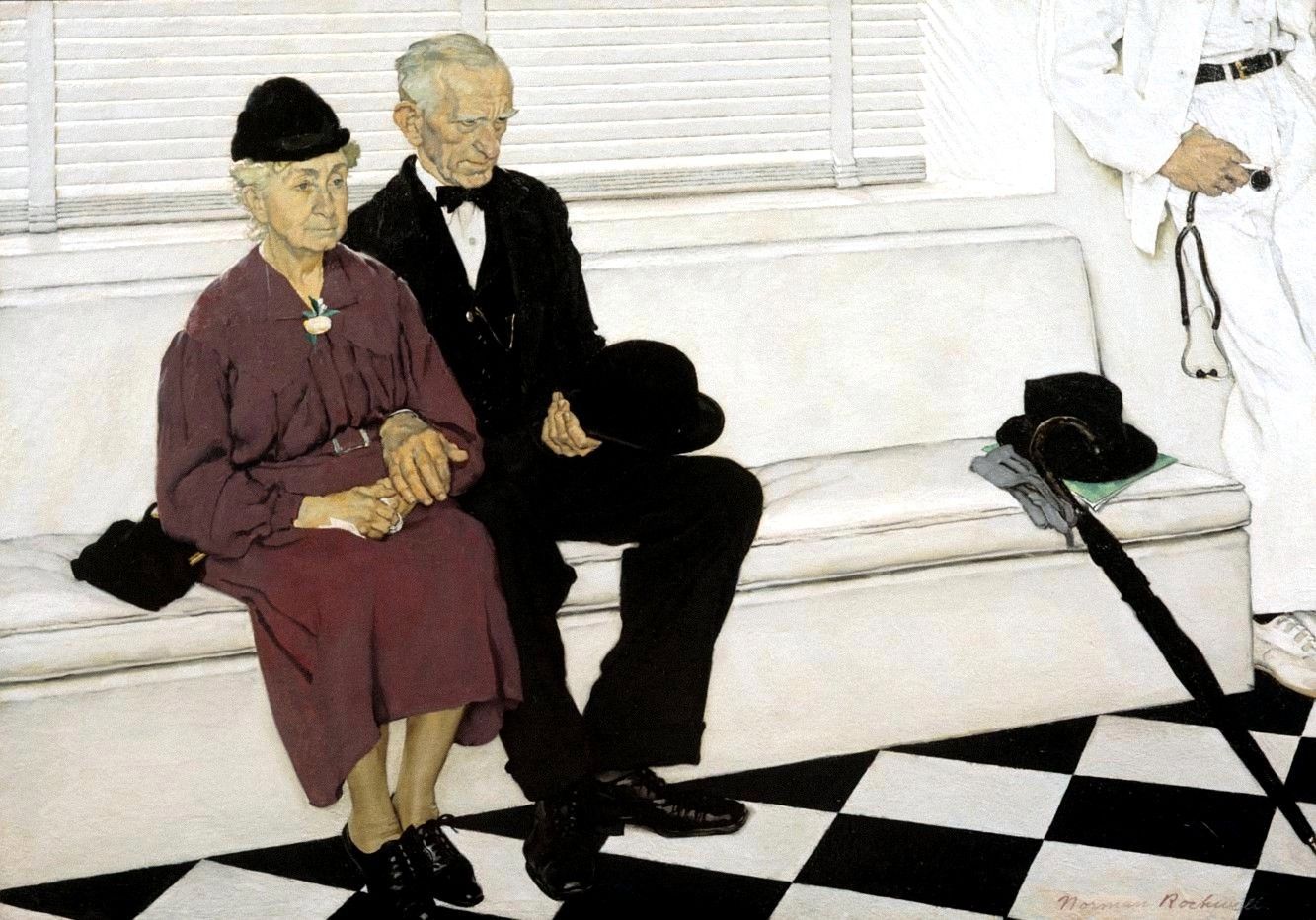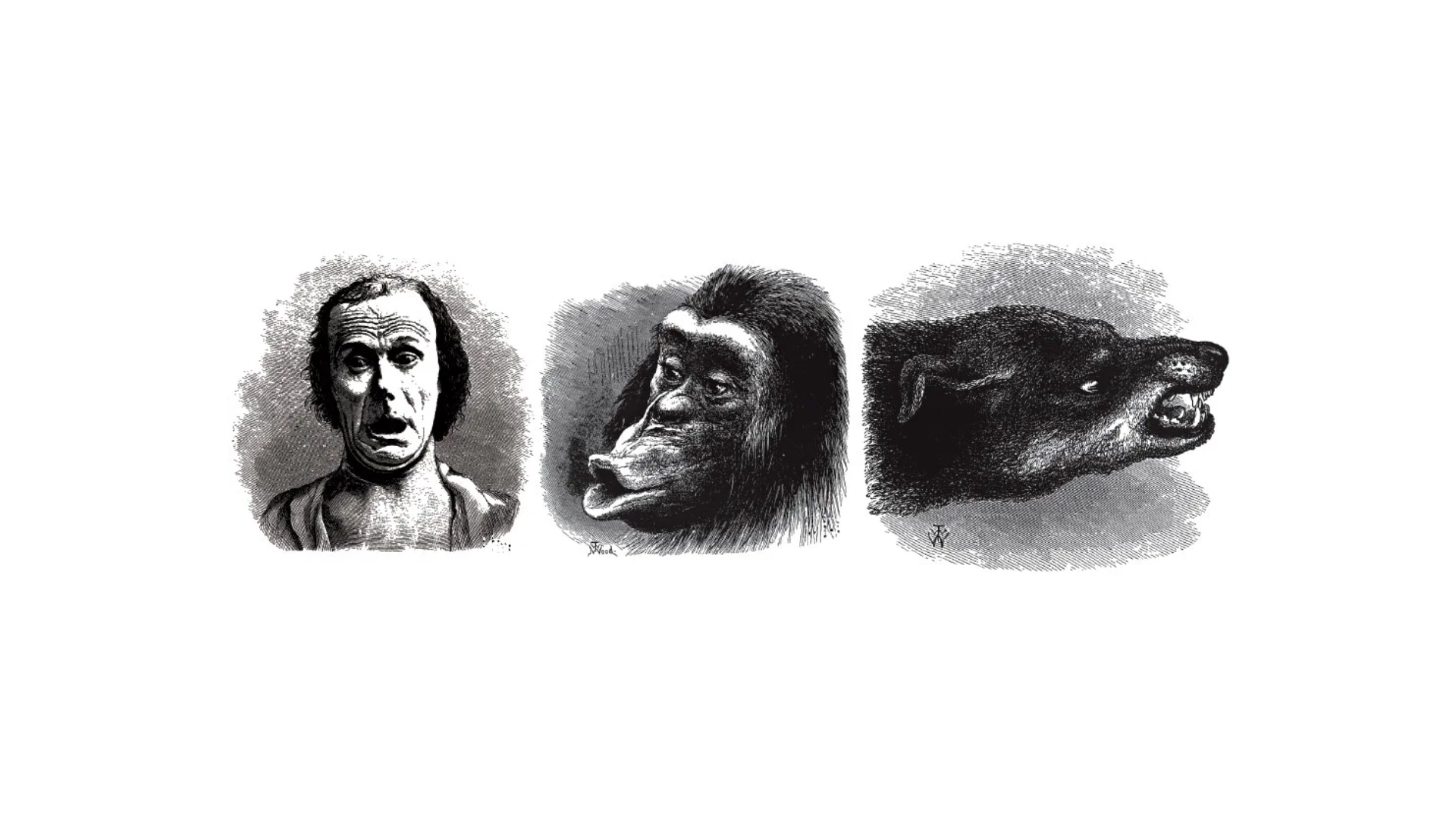Criticising the Kitsch Critics
[Kitsch] is the source of its profits. Kitsch is mechanical and operates by formulas. Kitsch is vicarious experience and faked sensations. Kitsch changes according to style, but remains always the same. Kitsch is the epitome of all that is spurious in the life of our times. Kitsch pretends to demand nothing of its customers except their money – not even their time.
—
Clement Greenberg, Avant-Garde and Kitsch, 1939
The concept of kitsch is one critiqued frequently in the work of Roger Scruton as one of the major maladies of the modern art world; in his words, he viewed kitsch as fundamentally “not an excess of feeling but a deficiency. The world of kitsch is in a certain measure a heartless world, in which emotion is directed away from its proper target towards sugary stereotypes, permitting us to pay passing tribute to love and sorrow without the trouble of feeling them.” (Scruton, 2009, p.191) This in many ways bears great resemblance to Greenberg’s critique, viewing kitsch as something that does not demand anything of its viewer, and has “no message of its own, in which all the effects were copied and all the emotions faked.” (Scruton, 2009, p.189) This latter criticism is one perhaps most frequently aimed at kitsch— namely, that the feelings of both the artist and the viewer are artificial or faked.
The most compelling aspect of Scruton’s argument against kitsch is that of the falseness specifically of sentimental feelings— ones which are directed not at the purported object of sentimentality, but rather the subject who is feeling the emotions. It is an essentially egoistic experience, and denies people the full humanness of life and the arts. The kitsch object is “a fantasy object, deprived of objective reality, made pliant to a subjective need, and roughly discarded when the going gets tough. He is, from the beginning, only an excuse for an emotion […] and will find himself quickly replaced in his lover’s affections when the script requires it.” (Scruton, 2005, p.36) The object of sentimental feeling is in some way perverted by being made a means to an (emotional) end by the subject. Sentimentality, therefore, along with cynicism, are “two ways in which things of value are demoted to things with a price.” (Scruton, 2005, p.32) The latter point is what I will address next in an attempt to defend kitsch: the position which comprises a large part of the hostility against kitsch, namely one of cynicism. For this, I draw upon excerpts from Robert Solomon’s 1991 essay,
On Kitsch and Sentimentality.
Solomon, in comparing the seemingly kitsch Bouguereau to the ‘real’ art of Degas, contrasts two quotes from the artists: “Bouguereau himself writes, ‘I see only the beautiful in art ... art is the beautiful. Why reproduce what is ugly in nature?" (Cf. Degas: ‘I show my models deprived of their airs and graces, reduced to the level of animals cleaning themselves.’)” (Solomon, p.5) Perhaps both these views go too far in opposite directions, respectively “one dealing in sugary dreams, the other in savage fantasies.” (Scruton, 2009, p.192) However, there is a seeming double standard (in critics of kitsch, but also in all modern art) in the hostility towards idyllic beauty, but openness to exaggerated ugliness. Lucian Freud, for example, is often praised for his ability to paint life ‘as it is,’ but it is in fact an exaggeratedly ugly version of humans which he chooses to depict— the worst angels of our nature. It would seem that the art world has endless room for the degradation of humanity to its basest aspects, but not the elevation to its most lovely (albeit, perhaps, in the case of kitsch, in a not entirely sophisticated manner).
In an excerpt from a catalog of the art exhibit, the gallery writes that “‘novice viewers rarely speak of the Bouguereau's features and aesthetic qualities. Instead, they use it as a springboard to dreams of the future or nostalgic memories of the past. More advanced viewers are soon bored.’” (Solomon, p.4) In this vignette, we can see how even supposedly ‘low’ art can be meaningful to the viewer, even if this is through their own imagination or nostalgia— where other ‘fine art’ can engage and challenge, and still ultimately leave the viewer completely untouched, being forgotten in minutes. In contrast to the rationalist views on emotional experience, or models of ‘psychical distance’, Solomon argues that the experience of our emotions allow us to “edit a scene or a situation in such a way that it
matters to us.” (Solomon, p.12) Putatively kitsch art may therefore hold much deeper meaning to the viewer than is first assumed; when one hears of “easy emotions” in relation to kitsch art, one wonders if this shallowness of feeling is not reflective of the critic rather than the art; and when it comes to “faked emotions,” the question arises whether these critics
honestly believe that the emotions that arise from a Rockwell or Bouguereau painting are more faked than those allegedly evoked by a Pollock or Basquiat.
Another rock slung by critics against kitsch is that it “[shifts] our attention away from the world as it is and [soothes] us instead with objects that are uncompromisingly comfortable and utterly unthreatening.” (Solomon, p.5) When people begin to talk of the world “as it is,” it brings the inevitable question: what exactly
is
the world,
as it is? One major outlook typical of Leftish movements, for example, is that of an oppressor-oppressed dichotomy, of unjust power and unearned privileges— for them, this is the world
as it is (and this ugly
ressentiment
certainly manifests itself aesthetically). But this is not the world objectively
as it is, and so we might then begin to speak of it as merely one way of viewing the world, and to consider what it might say about the people who view it in such a way. It is not clear that the kitsch artists are not painting the world as it is, perhaps just through a different lens. This commitment exclusively to gritty ‘realism’ is indicative of the sympathy for the particularly pernicious idea— perhaps brought on by exponential leaps in the sciences within the last centuries— that everything needs to be laid bare for the whole world, in gory detail, demystified and desiccated. Man is increasingly being deprived of, as Solzhenitsyn called it in his Harvard address, “the right not to know.” (Solzhenitsyn)
Solomon notes also that kitsch “utilizes what Kathleen Higgins calls ‘icons’ to guarantee an instant and wholly predictable emotional response.” (Solomon, p.6) This is presumably referring to images such as young children, animals, religious figures, and so on. Kitsch is often disparaged for its return to such familiar, safe, and ultimately unoriginal themes and images, but it is not entirely clear why this must be (or indeed, even usually is) a negative thing. We might consider T. S. Eliot’s remark that “not only the best, but the most individual parts” of an artist’s work “may be those in which the dead poets, his ancestors, assert their immortality most vigorously.” (Eliot, p.1) These are the images which evoke ancient emotional responses in their viewers— and this can, and does, have indispensable value in the human experience, and is not as egocentric as critics would have us believe. Solomon puts it well when he states, “It is not self-indulgence that motivates us to absorb ourselves in a painting and welcome the emotions it evokes. It is part of our emotional engagement in the human drama.” (Solomon, p.13) Indeed, then, what Greenberg derides as “vicarious experience,” we might call simply “empathy.”

Rockwell is a good example of an artist who is often kitsch, but not always. Works like Double Trouble for Willie Gillis— the kind perhaps most often associated with Rockwell— is almost undeniably a kitschy work, from the composition to the postures and facial expressions. In fact, even in the less ‘kitsch’ works, Rockwell’s art tends to be characterized by exaggerated expressions and staging, often leading to a cartoonish quality. It lacks depth. But in works like Saying Grace, Four Freedoms, and Second Holiday, Rockwell’s works really do convey human life and profound emotion, particularly in the faces, even in the more superficially ‘pleasant’ ones (like Freedom from Want); and when critics criticize this element of Rockwell’s work as ‘kitsch’, one wonders if they truly believe that such loveliness does not occur in real life. Perhaps they’ve just never paid attention to it.
This is not a defense of kitsch per se, but simply an attempt to illustrate that the brush of kitsch’s critics paints in large strokes that obscure the subtleties of the affair. It seems fair to say that artists like Thomas Kinkaid, Jeff Koons, and Lisa Frank do make truly kitsch art, and that this is worth less than real art in its shallowness. However, the criticism of kitsch seems to reach far beyond this— in fact, seems to focus almost entirely on works which merely display simple beauty and delicate, pleasant emotions, and do so in the name of cynicism and the degradation of the pure and unjaded.
References
Scruton, R. (2009).
Beauty
(pp. 189, 191-192). Oxford University Press.
Scruton, R. (2005).
Modern Culture (pp. 32, 36). Bloomsbury Continuum.
Solomon, R. C. (1991).
On Kitsch and Sentimentality (pp. 3-6, 12-13). The Journal of Aesthetics and Art Criticism, https://doi.org/10.1111/1540_6245.jaac49.1.0001
Eliot, T. S. (1919).
Tradition and the Individual Talent (p. 1).
Cover image: Freedom from Fear, 1943, Norman Rockwell.


